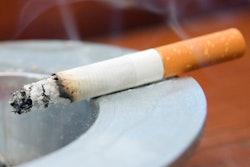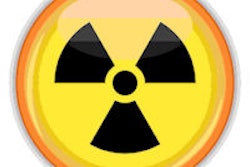
Most patients at high risk for lung cancer don't need to be screened with CT annually if their initial scan is negative, according to a March 18 study in Lancet Oncology. A lot of money could be saved at little cost to patient health if heavy smokers skip a year of screening, researchers concluded.
The study analyzed data from more than 19,000 participants in the National Lung Screening Trial (NLST) who had smoked the equivalent of a pack of cigarettes a day for 30 years. The researchers identified those whose initial lung cancer scan was negative, and among these patients, the rate of a positive lung cancer diagnosis in the year after the negative scan was just 0.09%.
"This has significant public policy implications," said lead author Dr. Edward Patz Jr. from Duke University in a statement accompanying the study "Not screening patients annually could save millions in healthcare costs and spare patients the radiation exposure and the downstream effects of false-positive screenings."
Among the 19,066 participants with a negative initial low-dose CT screening scan, 444 or 2% were diagnosed with lung cancer at the time of the last available follow-up. Meanwhile, just 17 patients (0.09%) were diagnosed in the first year after a negative scan and before the scheduled first annual screen (Lancet Oncol, March 18, 2016).
The positive rate rose slightly thereafter: An additional 75 patients (0.4% of the initial 19,066) were diagnosed with lung cancer between the first and second annual screenings. The lung cancer incidence at the first screen among those with negative baseline tests was 0.34%, compared with 1% of patients who were positive at baseline screening.
The analysis suggests that screening may not be warranted a year after a negative scan, and the findings should be incorporated into the screening guidelines, Patz said. Improving the accuracy of screening would also reduce the number of annual scans, he added; almost 40% of patients in NLST had at least one false positive during the seven-year duration of the trial.



















